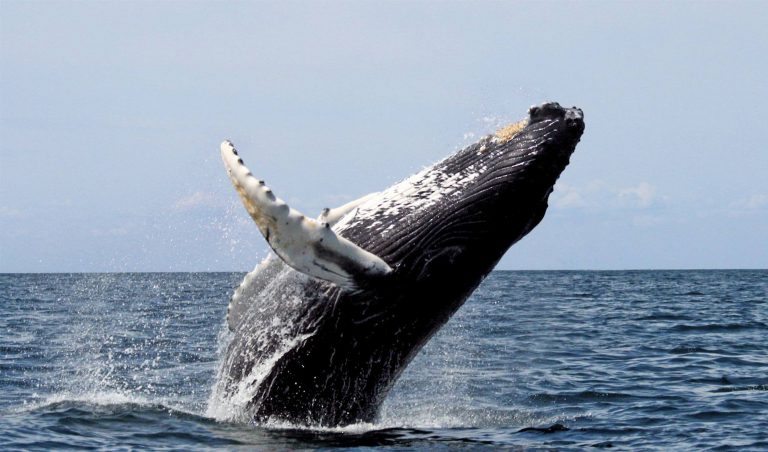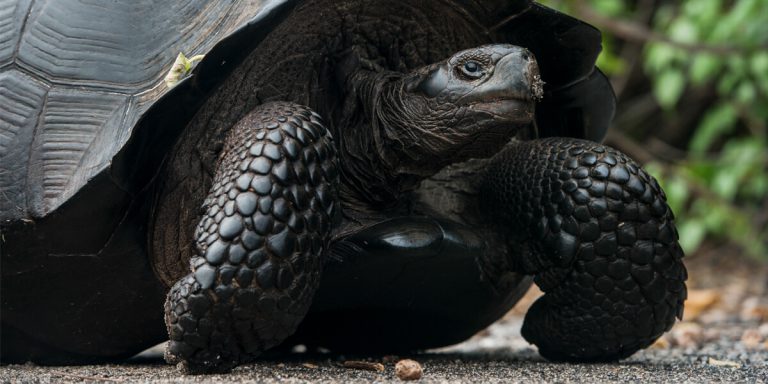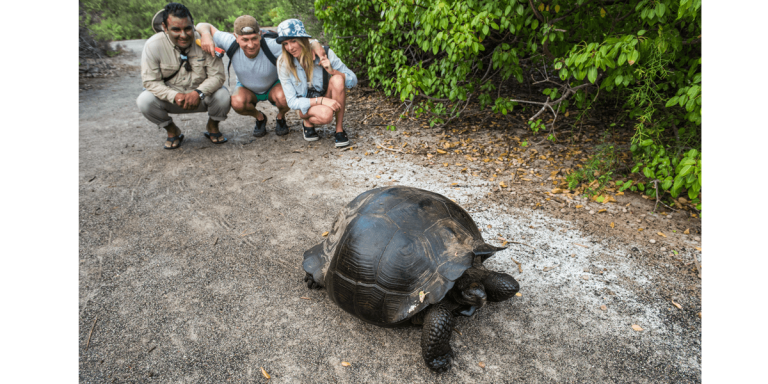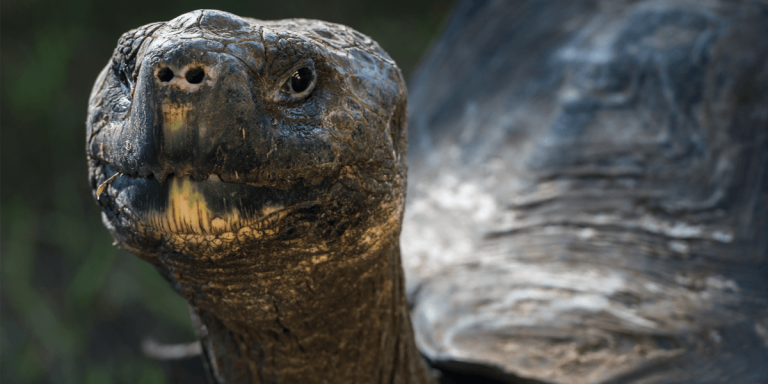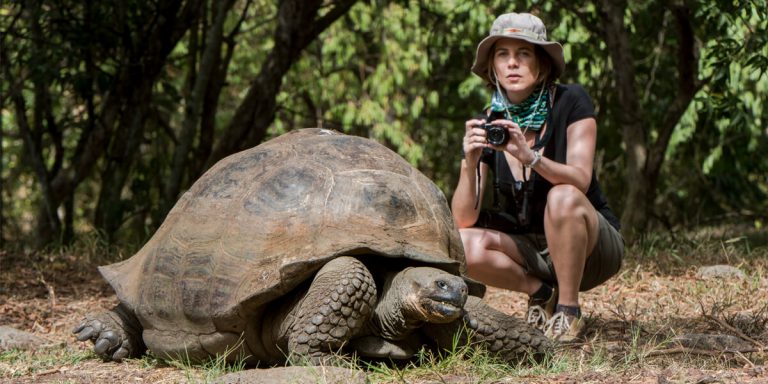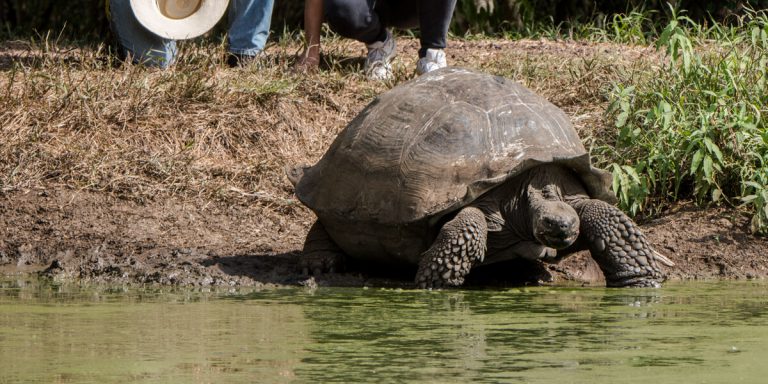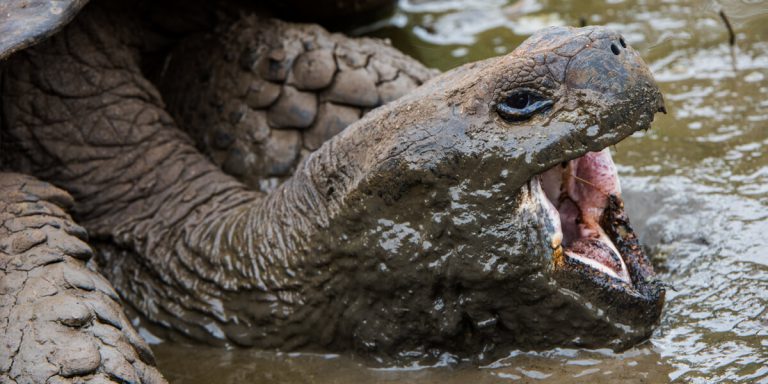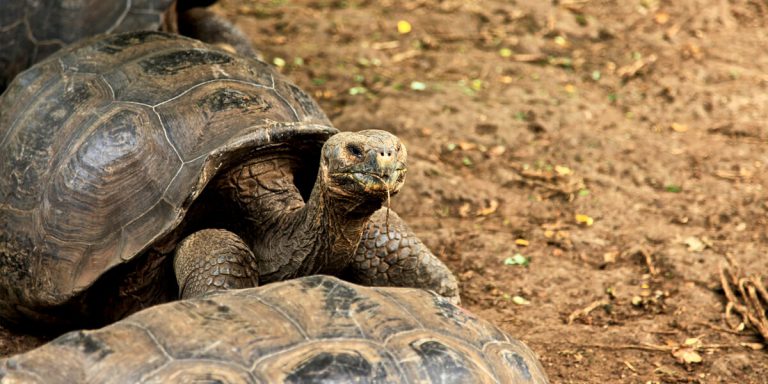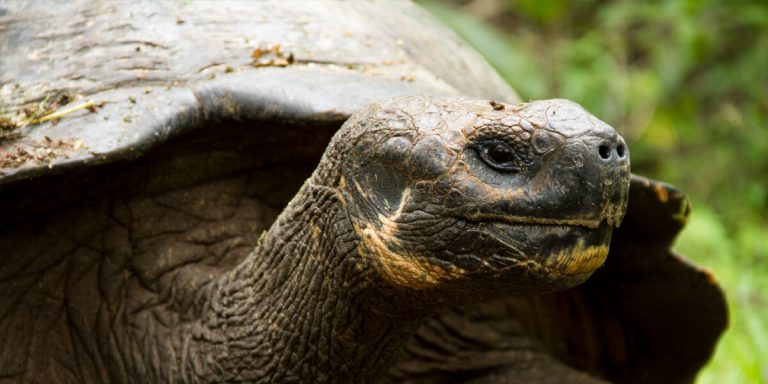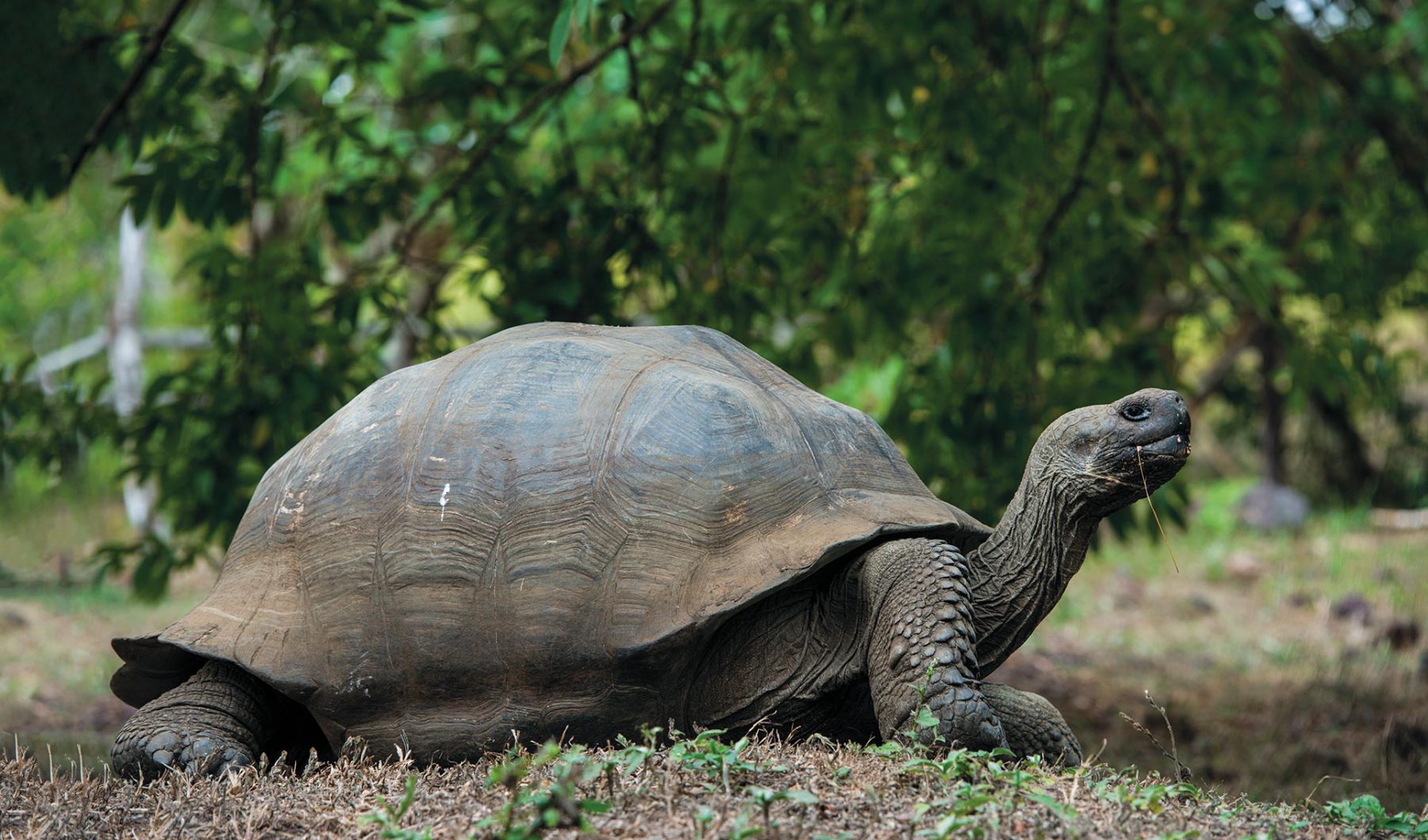
More about Giant Tortoise – Lonesome George
The Enduring Giant Tortoises of the GalapagosMeet the centenarian living fossils and the icons of the Galapagos – the Giant Tortoises and their legendary symbol, Lonesome George. |
||
|---|---|---|
The Epic Story of Galapagos GiantsExperience the enchanting history of the largest living reptiles – the Galapagos Giant Tortoises. Discover how these astonishing creatures, known to live for over a century, found their home in the archipelago. Join us as our naturalist guides introduce you to these extraordinary creatures – from their unique saddle-backed shells to their uncanny survival instincts. |
||
The Tale of Adaptation and SurvivalMarvel at the remarkable journey of survival of these tortoises. Believed to have arrived via floating trees, the Giant Tortoises have shown an uncanny ability to adapt to the diverse landscapes of the Galapagos Islands. Their slow metabolism, herbivore diet, and unique abilities have shaped their enduring legacy. |
||
The Lonesome Legend of Galapagos – GeorgeJourney into the heart of Galapagos with the story of its world-famous icon – Lonesome George. The Pinta tortoise was thought to be extinct in the early part of the 20th century. However, in 1971, József Vágvölgyi, a Hungarian scientist, and his wife saw a Pinta tortoise on the island. The sighting was widely reported, and the American media referred to the tortoise as Lonesome George – after George Gobel, a TV comedian. In the spring of 1972, the Galapagos National Park rangers brought the tortoise to the Charles Darwin Research Station on Santa Cruz Island for protection and further studies. This last-of-its-kind tortoise from Pinta Island is a poignant reminder of preservation’s importance. You can explore George’s life, from his surprise discovery to his final years, when you visit the Charles Darwin Research Station as part of your GoGalapagos cruise. |
Long Lifespan: One of the most notable characteristics of the Galapagos tortoise is its longevity. They can live over 100 years, with some recorded to have lived over 150 years. Diet and Digestion: These tortoises are herbivores, feeding on over 50 kinds of plants, including a poisonous apple tree, endemic guava, opuntia, and various fruits. Because of their slow metabolism, they take them 1 to 3 weeks to digest their food. Survival without Food or Water: Galapagos giant tortoises have impressive survival skills. Thanks to their slow metabolism and water reserves, they can survive for up to a year without food or water. |
|
Where to Meet the Giant TortoisesPrepare to meet these magnificent creatures on our luxury yacht cruises to seven enchanting islands – Española, Fernandina, Pinzón, San Cristóbal, Santa Cruz, Santa Fe, and Santiago. As you enter their world, get ready to spot them basking in the highlands or nesting in the lowlands. |
||
Lonesome George’s LegacyEven after his death in 2012, Lonesome George’s impact lives on. Join us in celebrating his life, learning about the extraordinary preservation efforts, and understanding his crucial role in our understanding of evolution. |
||
Book Your Galapagos Giant Tortoise Adventure Today!Join us for a transformative journey through time, nature, and conservation, walking alongside the living fossils of the Galapagos. Click here to begin your adventure. |
||
Got Questions? Let’s Chat!Our team of Galapagos travel experts is ready to answer all your questions and help plan your dream adventure. Schedule time with us for a call and consultation. |
||
Places where you may see this animal:

- Animal Group: Reptiles
- Scientific Name: Geochelone elephantopus
- Animal Average Size: 150 cm
- Animal Average Weight: 300 kg
Galapagos Animals
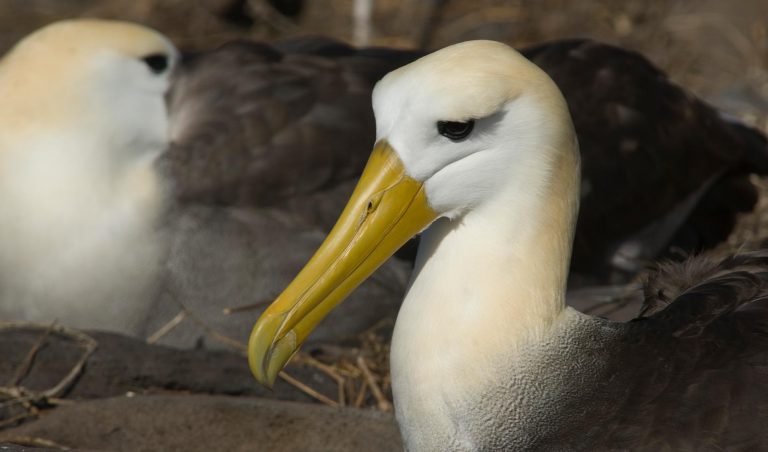
Waved Albatross
View more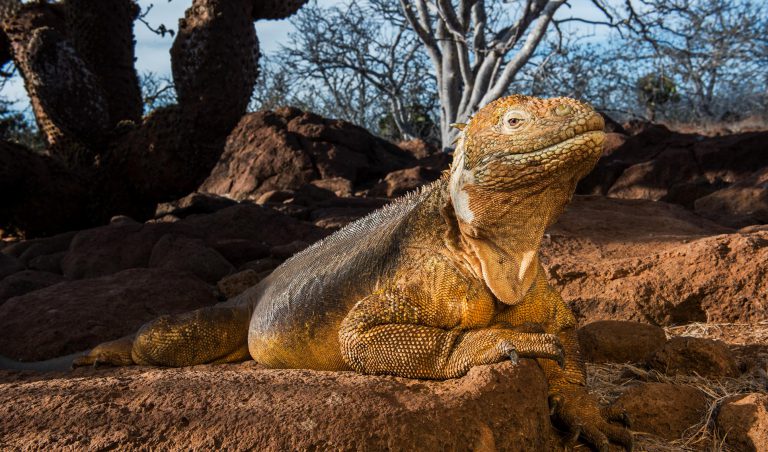
Land Iguana
View more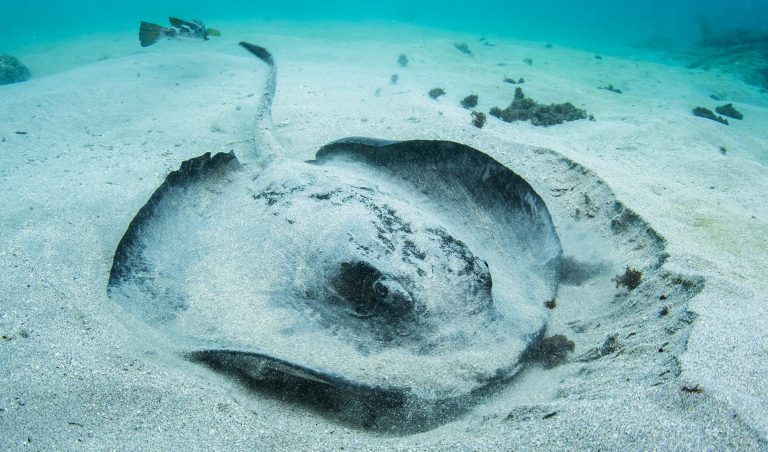
Stingrays
View more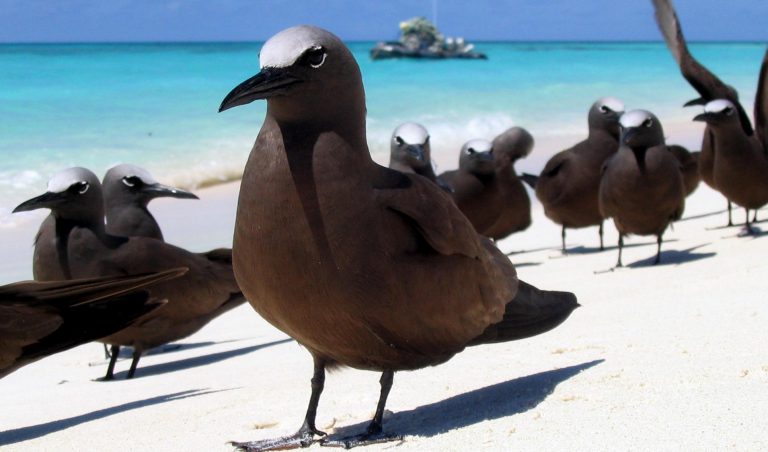
Brown Noddy Tern
View more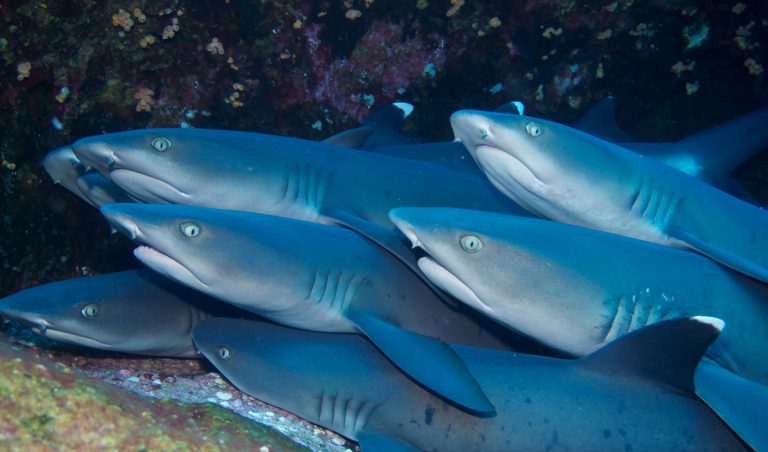
Whitetip Reef Shark
View more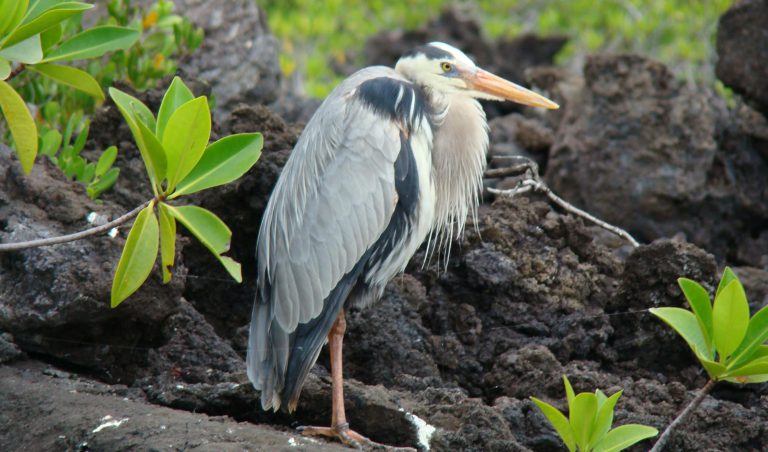
Great Blue Heron
View more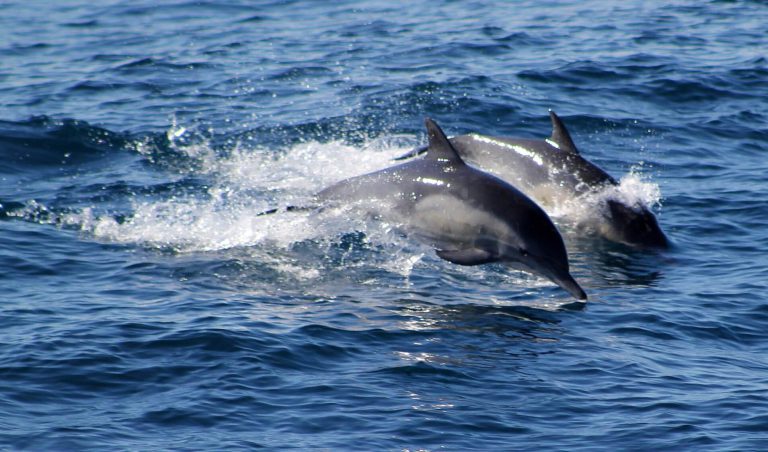
Dolphins
View more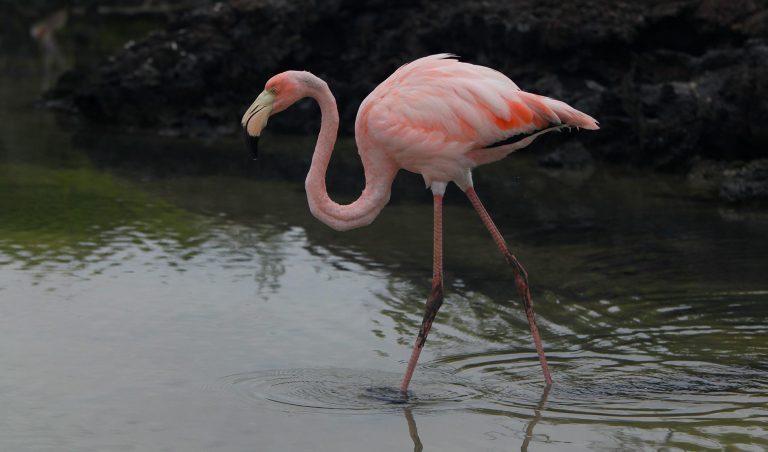
Galapagos Flamingo
View more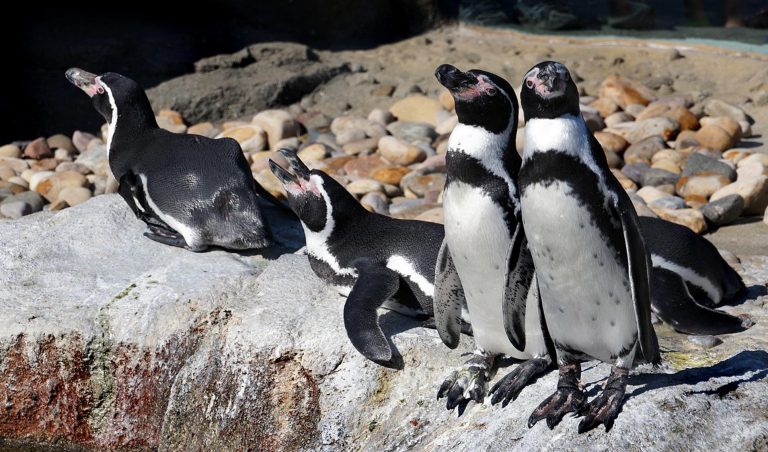
Galapagos Penguin
View more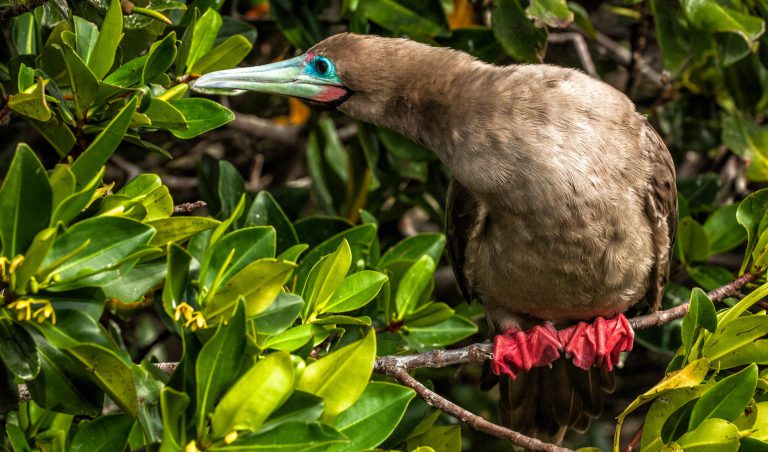
Red-Footed Booby
View more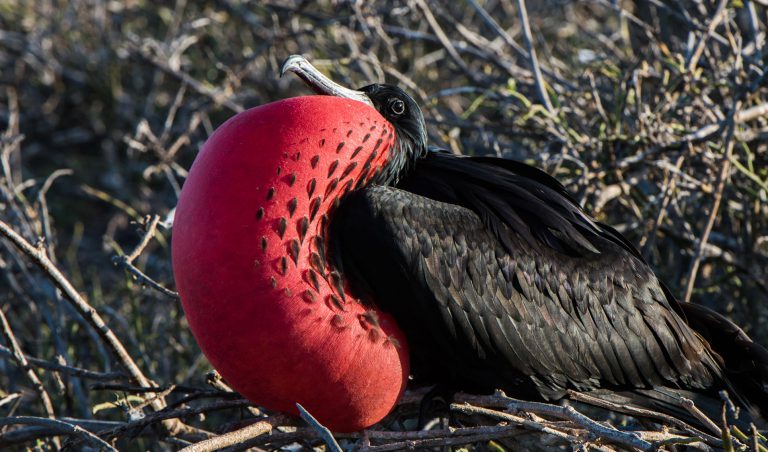
Frigatebird
View more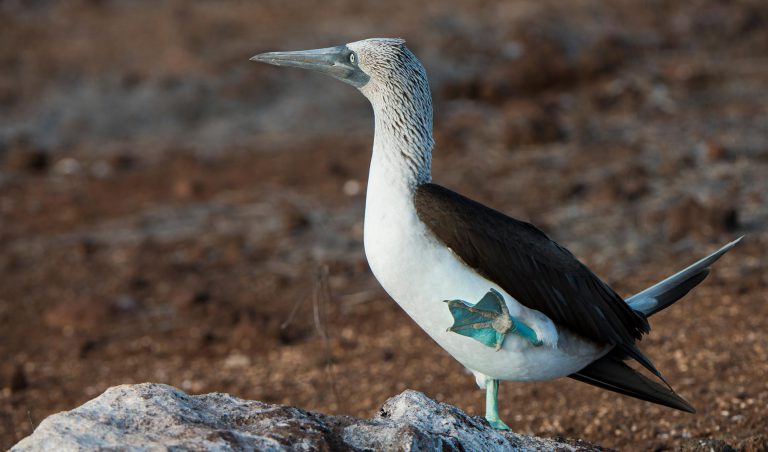
Blue-Footed Booby
View more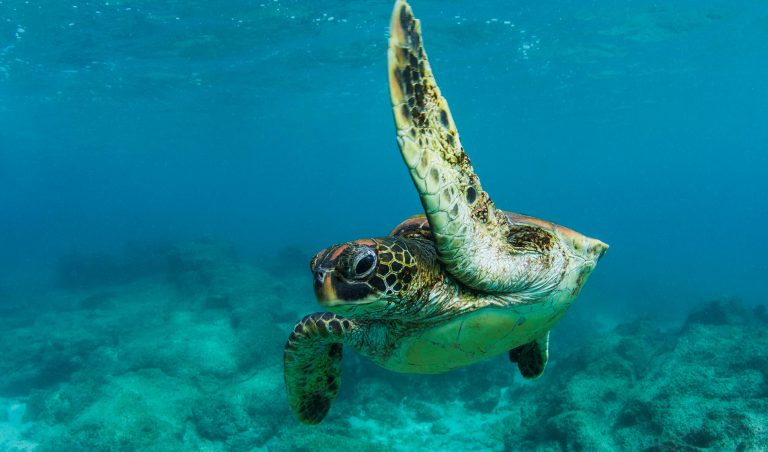
Galapagos Green Sea Turtle
View more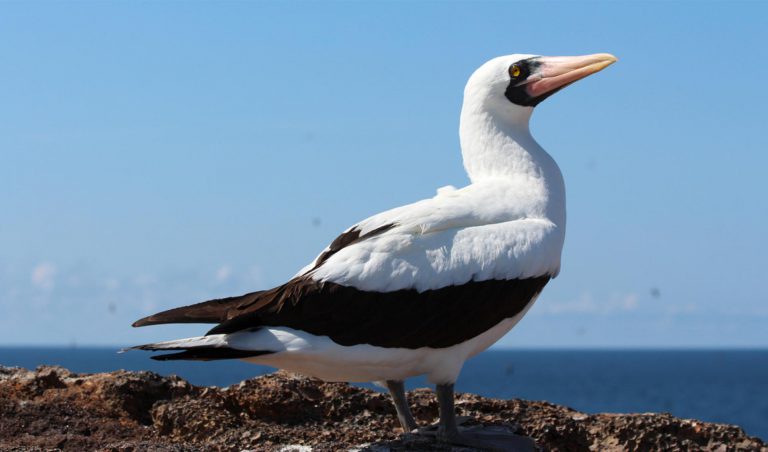
Nazca Booby
View more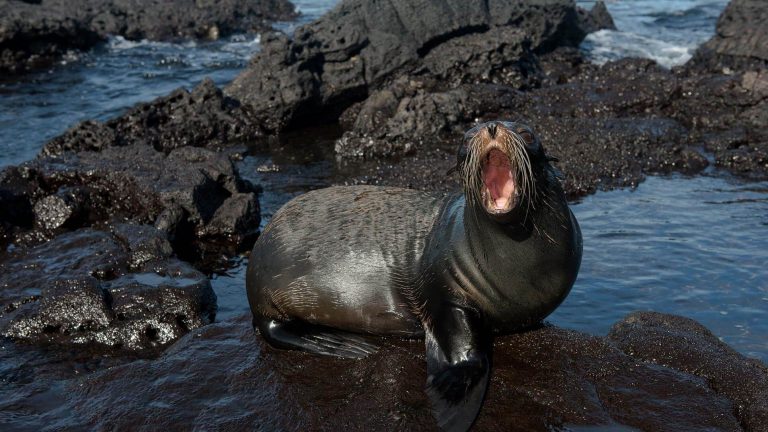
Fur Seal
View more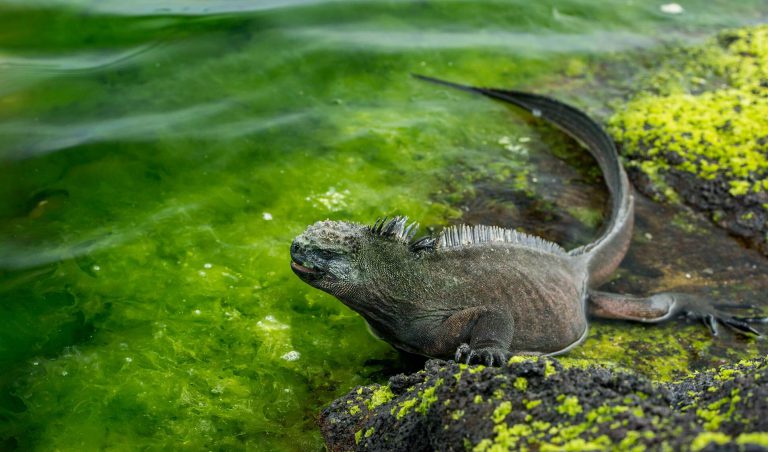
Marine Iguana
View more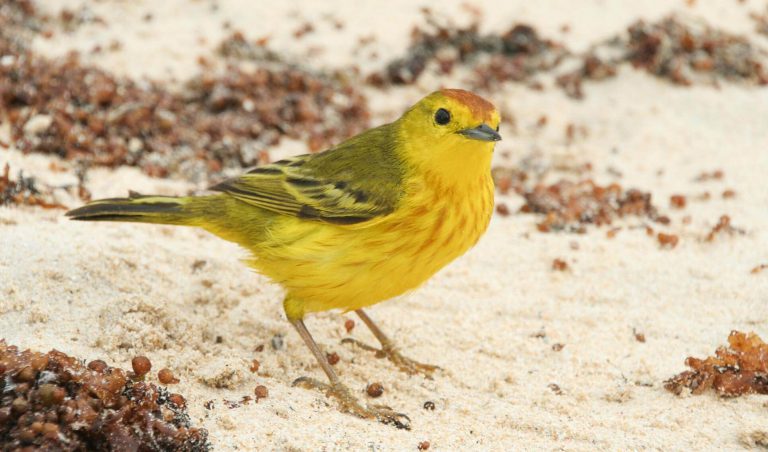
Yellow Warbler
View more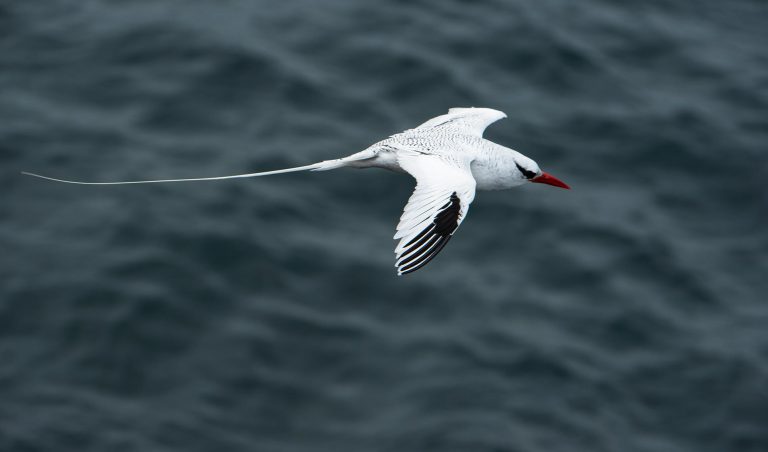
Red-Billed Tropicbird
View more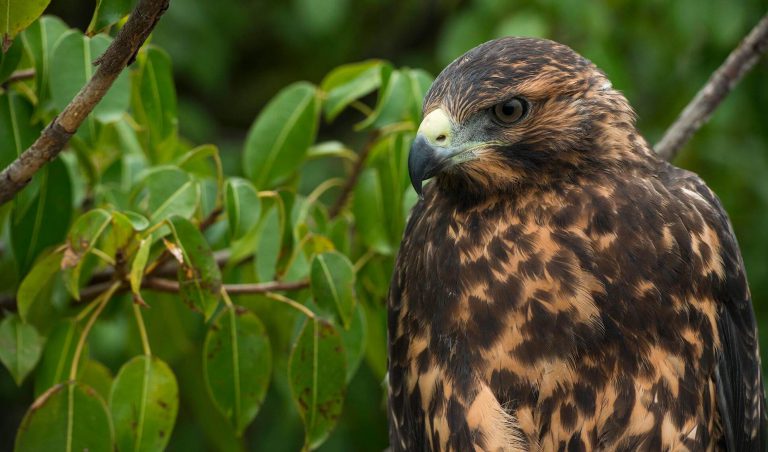
Galapagos Hawk
View more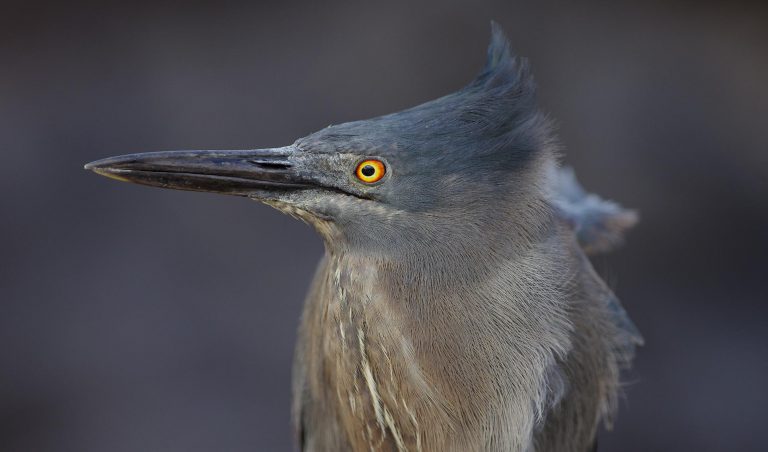
Lava Heron
View more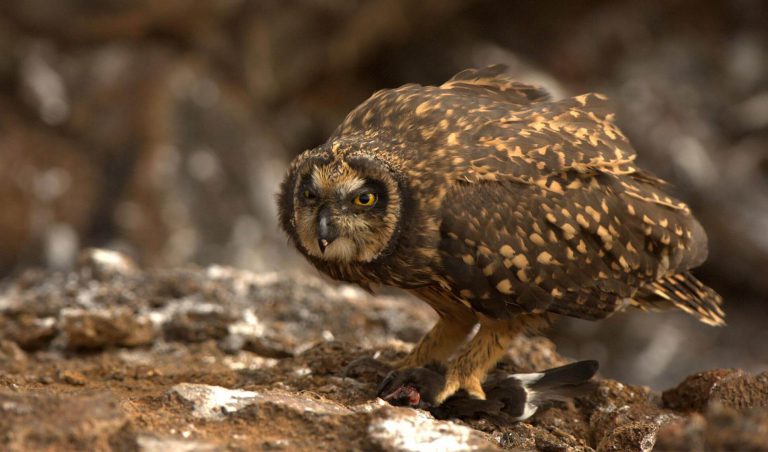
Galapagos Barn Owl
View more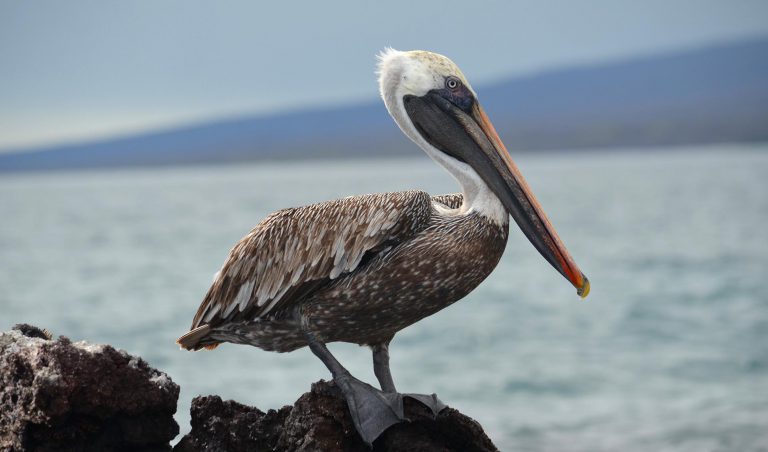
Galapagos Brown Pelican
View more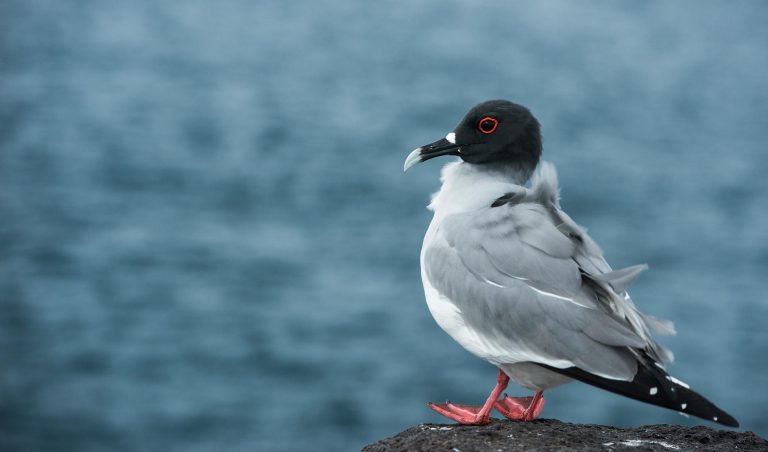
Swallow-Tailed Gull
View more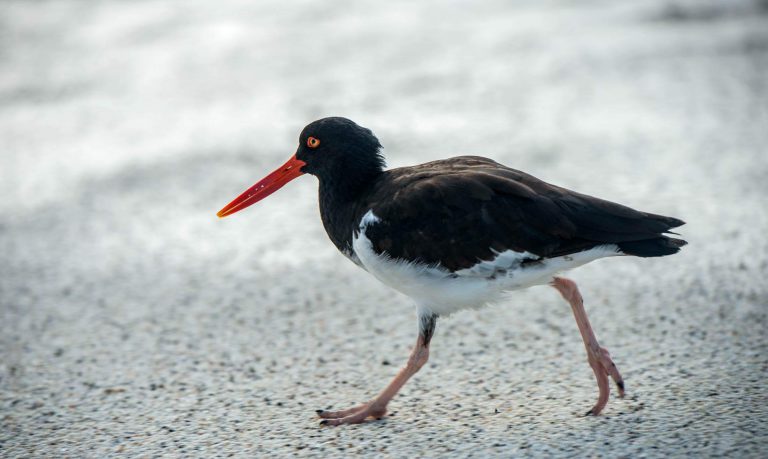
American Oystercatcher
View more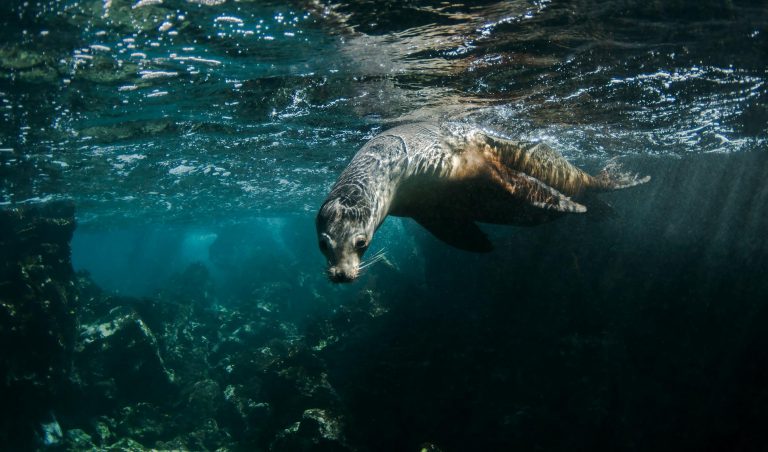
Sea Lion
View more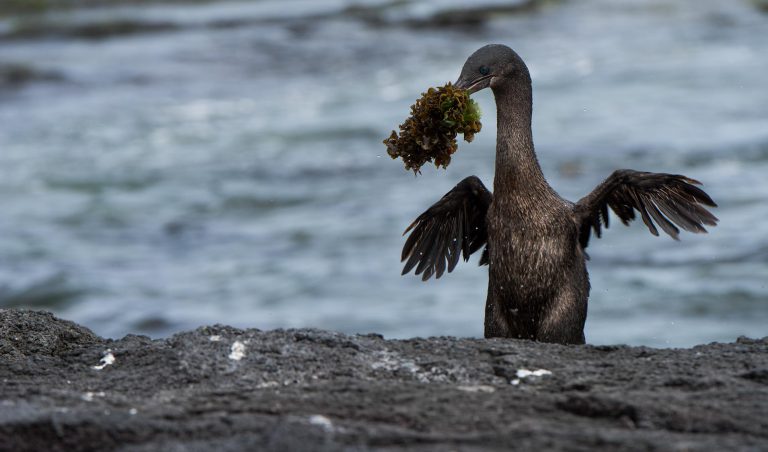
Galapagos Flightless Cormorant
View more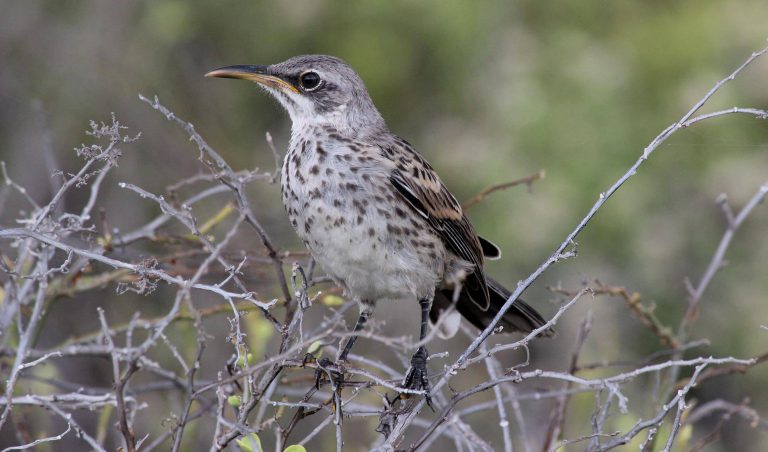
Mockingbird
View more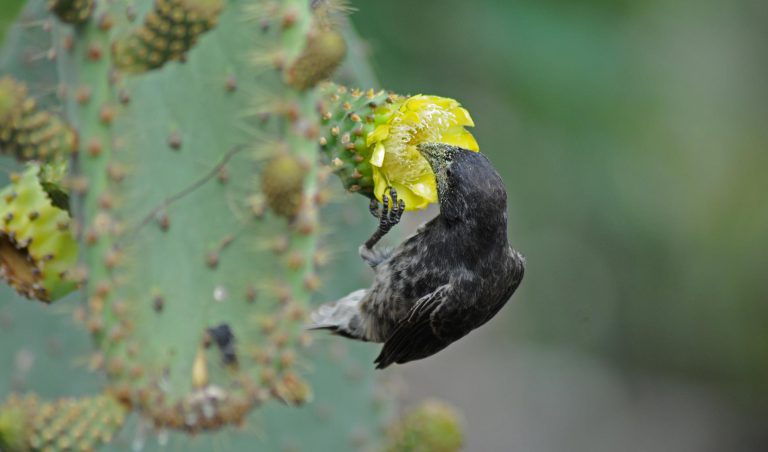
Darwin Finches
View more